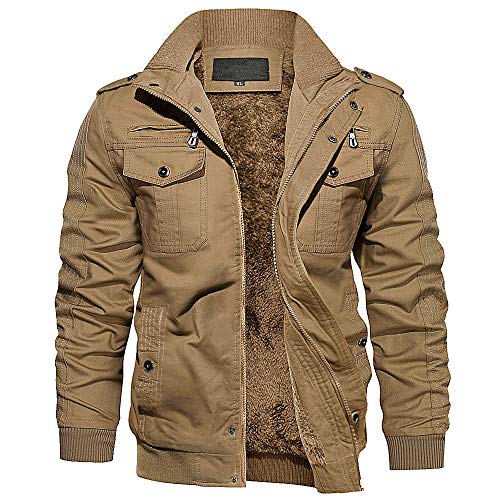I did mine last week, I just like the feel better of the tapered bearings on several bikes.
I didn't like the Korean bearings, but in this slow speed application it's probably fine.
The dremel tool cut worked like a charm on the inner race. I made a pipe extension for my punch to tap the upper race out from below, no room to hammer.
Chilled the outer race in the freezer, then a little more with some refrigerant trickled over it. Tapped them in with a brass punch. The triple clamp shaft was chilled the same way. Heated the inner race to @ 300 F in the oven, used some pipe over the original race to pound on. I saw a figure of 400 F, this is higher than recommended by most bearing manufactures. (spoiled by the digital controlled induction heater I used to have at work)
The 1 1/4" threaded together pipe A-frame worked well to support the front end. I tied the handle bars up with some string. Also tied the brake calipers to the side. Cleaned and flushed the forks while apart.
Only problem in this operation was removing the full gas tank. I plugged the outlet hose, but the gas decided to leak out the vent hose in a nice smelly pool while tilted at an angle!






























































